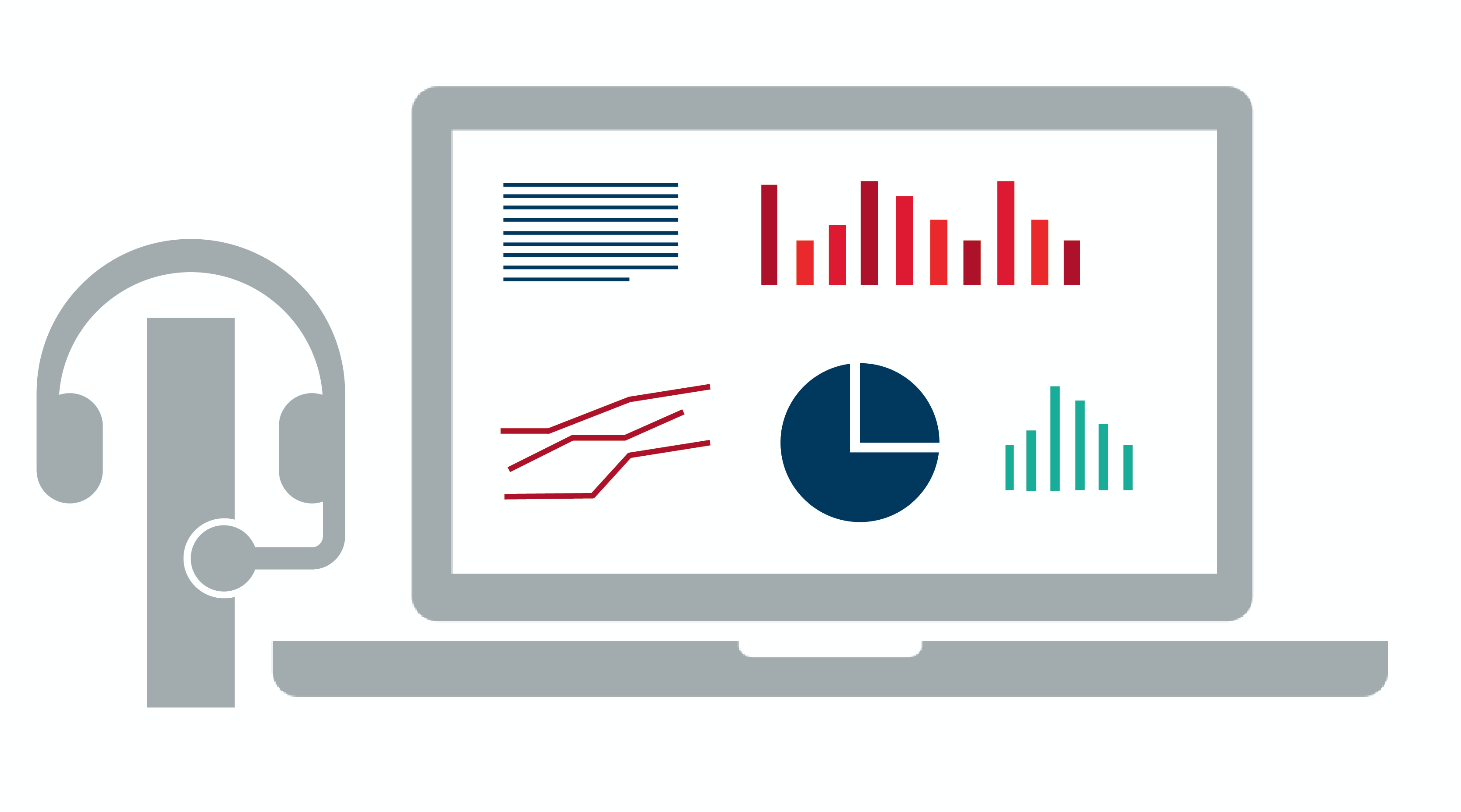posted on Sep 08, 2016 by Ivan Kotzev

Over the last few months, I have held discussions with a number of leading customer management services (CMS) vendors and their clients regarding the increasing need for advanced analytics to drive step changes in customer experience (CX). Here, I reflect on the changing role of analytics as they take centre stage as the key to disruptive CX.
How times have changed
When I first participated in the greenfield launch of a contact center in 2005, the main focus was on systems, making sure the network connectivity, CTI, and IVR work, and that our multi-million dollar CRM could be customized sufficiently to support the business.
Roll forward eight years to 2013, the last time I was involved in a new contact center set-up, and the priority had shifted to finding, recruiting, training and retaining the right talent to meet the client’s requirements.
If I were to set up a new contact center today, I would start with analytics as the core, building operations around the questions of how to collect and manage customer data, what resources and tools are required to generate real-time insights, and which processes are needed to prescribe next-best-actions to the agent (human or otherwise).
While the market is predominantly at the descriptive stage of this journey, the capability to deliver effective BI (i.e. to collect, visualize and interpret the significant amounts of data collected in the contact center) is a basic standard. If a business is still struggling with such operational analytics in their contact centers, they need to outsource their operations immediately, because it is most likely causing bottom line losses. Analytics houses such as the South African Pivotal Analytics are able to quickly bridge the gap from reports to insights.
The task of service personalization
The current task for many CMS outsourcing clients is to link data from contact centers with information residing in other departments and the outside world. Vendors such as Sutherland are working on delivering fast and low-cost solutions to unstructured data challenges, covering the customer journey across touch points and beyond single brand interactions. The objective is to finally provide service personalization to users who are sharing enormous amounts of information with companies and not receiving the benefits from it.
In practical terms, this personalization translates to empowering the agent to identify customers and customize their offers (as Intelenet is doing in the hospitality and retail sectors), but also predicting customer behavior per interaction, and contextual needs to match brands (as WNS delivers for a travel client).
Analytics underpinning self-service & revenue generation
The two main trends in contact centers, for increasing self-service and enhancing revenue generation, are heavily reliant on analytics capabilities. Examples include:
- HGS driving digital channels adoption and scalability through self-service, which is dependent on accurate analysis and forecasting of channel usage and customer behavior trends
- Firstsource’s sales practice actively employing speech analytics insights to guide the cross-sell and upsell process and performance for agents
- Xerox Services’ work in retention and collections (where predictive analytics are a true proxy and differentiator). Here, Xerox is developing a churn prediction model that combines statistical and mathematical methods with hypergraph-semantics to discover hidden connections and churn drivers.
The road to predictive analytics
In the growing convergence of marketing, sales and customer service, domain expertise and benchmarking capabilities are combined with customized frameworks, tools and resources for text, social media and VOC analytics to deliver quick benefits to the clients. Vendors such as Concentrix, with significant experience in incorporating traditional channel analytics with sentiment and web analysis, and Minacs with decades of marketing analytics practice in a specific vertical, are best positioned to meet this demand. These capabilities are also a driver for M&A, as shown by Concentrix’ recent acquisition of Minacs.
While predictive analytics is the deliverable sought by CMS vendors for their clients now, the prescriptive analytics and proactive services delivered by cognitive analytics and AI are still aspirational goals. Vendors such as CSS Corp are already providing proactive diagnostics in tech support for the IoT and enterprise space, but effective machine-led CX has yet to materialize.
With greater demand for advanced analytics driving increasing investments in new analytics technologies and models, vendors and clients who are lagging may soon find the competition unreachable, as leaders start to utilize the latest in deep learning, NLP or geo-spatial analytics to deliver market disruption. Examples such as Amazon, Netlflix, and Lyft have proven that a solid analytics backbone makes possible such leaps in the customer experience.
As part of its CMS research program, NelsonHall will soon publish a comprehensive market analysis report on the application of analytics in CMS, together with vendor profiles, and a NEAT vendor evaluation. To find out more, contact Guy Saunders.

